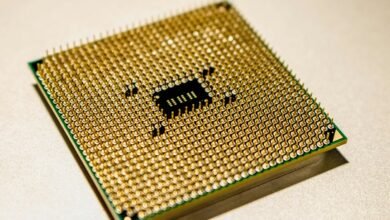Telecom Integrity Verification Diagnostic Layer 3287613825 3517120943 2138409980 3209596983 6562034693 3249289117

In the dynamic realm of telecommunications, the balance between robust security and seamless connectivity is crucial. The Telecom Integrity Verification Diagnostic Layer, identified by its unique code, ensures data accuracy while proactively identifying vulnerabilities. As networks face increasing threats, understanding how this layer operates can significantly impact your strategic decisions. What are the specific mechanisms that enhance reliability and foster trust among stakeholders?
Importance of the Telecom Integrity Verification Diagnostic Layer
As telecom networks become increasingly complex, understanding the importance of the Telecom Integrity Verification Diagnostic Layer is crucial for maintaining system reliability.
This layer ensures network security by validating data accuracy across various components. It helps you identify vulnerabilities, prevent data breaches, and enhance operational efficiency.
Key Features and Unique Identifiers
The Telecom Integrity Verification Diagnostic Layer incorporates several key features and unique identifiers that enhance its functionality.
You’ll find its key attributes include real-time data processing and adaptive algorithms, which optimize performance.
Additionally, unique metrics like latency tracking and error detection ensure precise assessments.
These elements collectively elevate your system’s integrity, empowering you to maintain a reliable telecommunications infrastructure and respond swiftly to network issues.
Benefits of Enhanced Network Reliability
Enhanced network reliability offers significant advantages that can transform your telecommunications operations.
By ensuring optimal network performance, you’ll achieve higher levels of service continuity, minimizing disruptions and enhancing user satisfaction.
This reliability allows for efficient resource allocation and reduces operational costs, giving you the freedom to innovate and expand your services.
Ultimately, it empowers you to build trust with your clientele and stakeholders.
Future Trends in Telecommunications Diagnostics
Network reliability sets the stage for advancements in telecommunications diagnostics, where emerging technologies are reshaping how operators monitor and maintain their systems.
Machine learning algorithms enhance data analysis, enabling real-time anomaly detection. Predictive analytics anticipates potential failures, allowing proactive measures.
As these tools evolve, you’ll experience improved efficiency and reduced downtime, granting you greater freedom to innovate within the telecommunications landscape.
Conclusion
In summary, the Telecom Integrity Verification Diagnostic Layer stands as a sentinel, safeguarding systems and strengthening security. By swiftly spotting vulnerabilities and ensuring seamless operations, it fosters faith in the telecommunications framework. As technology transforms, this layer’s proactive prowess will play a pivotal role in promoting persistent performance and preserving privacy. Embracing these advancements now will fortify future foundations, enhancing user experience and trust in an ever-evolving digital domain.





